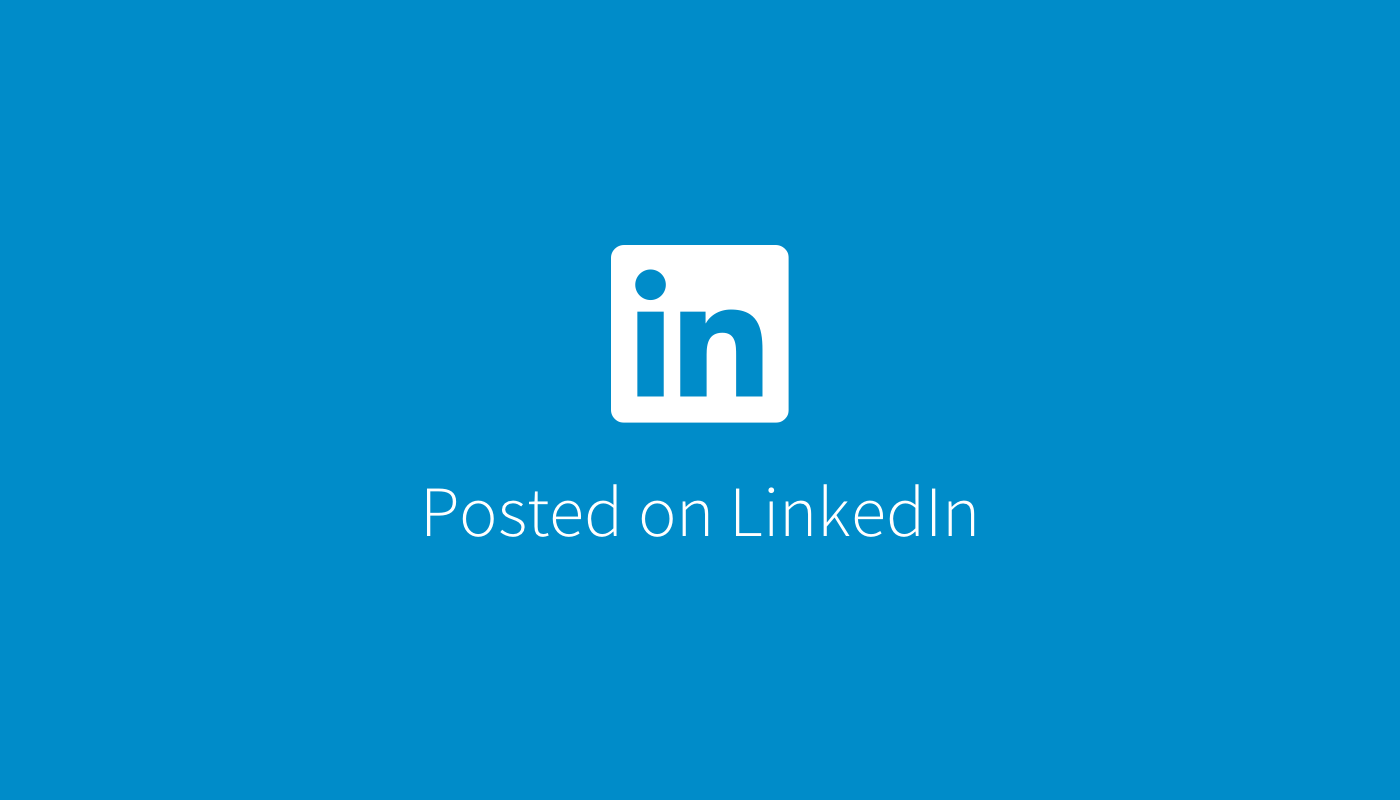Good is often the enemy of great in business. | Sonu Goswami
Good is often the enemy of great in business. The vast majority of companies never become great because they’re satisfied with good results. So, Good To Great aims to address the question, How can a good company become a great company? Good morning 🙂 , LinkedIn connections! Today, let's explore how Jim Collins and his research team identified 11 exceptional companies—Abbott, Circuit City, Fannie Mae, Gillette, Kimberly-Clark, Kroger, Nucor, Philip Morris, Pitney Bowes, Walgreens, and Wells Fargo—that successfully transformed from Good to Great. Over 40 years, they examined 1,435 companies, revealing the secrets of turning good companies into great ones. Stay with me as we uncover these transformative insights. The 1971 year company Kimberly clerk who made paper based production had stocks follow down approximately 36% and a lot of other issues were going on inside the company then in 1971 Darwin E.Smith became the CEO of the company from farm-boy to Harvard Law School, Smith's humble background shaped his journey. As CEO of Kimberly-Clark, after just two months in the job, Smith was diagnosed with throat cancer, and given less than a year to live. But he lived on for a quarter of a century. Under Smith’s leadership , Kimberly-Clark accelerated, beating the market by 4.1 times, and beating rivals Scott Paper and P&G, and outperformed Coca-Cola, HP, 3M, and GE. Smith took the huge decision to sell the paper mills - the historic roots of the company - and move the business into consumer paper goods. The move put Kimberly-Clark in direct competition with market giants. Now how many of these names have you heard of: Alan Wurtzel, David Maxwell, Colman Mockler, Jim Herring, Lyle Everingham, Joe Cullman, Fred Allen, Cork Walgreen, and Carl Reichardt? Probably not many, as they were Level 5 Leadership CEOs who consistently credited their team for their success and took full responsibility during challenging times. Q: So, what specific contributions did Darwin E. Smith and the other 10 CEOs make to achieve this successful outcome? A: Principle Number 1: Level 5 Leadership: 1.Level 5 Leadership: Prioritizing company interests over personal gains and ego. 2.Humility and Selflessness: Acknowledging others' contributions and deflecting personal credit. 3.Crediting others: Valuing the team, minimizing individual achievements. 4.Acknowledging Luck: Recognizing luck as a factor in success, rather than solely attributing it to themselves. 5.Displaying Modesty: Demonstrating modesty, self-effacing, and understated behavior. Relentless Pursuit of Results: Fanatically driven, pursuing sustained results and continuous improvement. 6.A Damaging Trend: Highlighting the negative trend of hiring rockstar CEOs or celebrity leaders instead of cultivating potential Level 5 leaders from within the organization. (Please check Slide for other principles) ✅ Lesson: Great Vision Without Great People Is Irrelevant. #linkedin #success #people | 47 comments on LinkedIn
www.linkedin.com


Good is often the enemy of great in business. The vast majority of companies never become great because they’re satisfied with good results. So, Good To Great aims to address the question, How can a good company become a great company?
Good morning 🙂 , LinkedIn connections! Today, let's explore how Jim Collins and his research team identified 11 exceptional companies—Abbott, Circuit City, Fannie Mae, Gillette, Kimberly-Clark, Kroger, Nucor, Philip Morris, Pitney Bowes, Walgreens, and Wells Fargo—that successfully transformed from Good to Great. Over 40 years, they examined 1,435 companies, revealing the secrets of turning good companies into great ones. Stay with me as we uncover these transformative insights.
The 1971 year company Kimberly clerk who made paper based production had stocks follow down approximately 36% and a lot of other issues were going on inside the company then in 1971 Darwin E.Smith became the CEO of the company from farm-boy to Harvard Law School, Smith's humble background shaped his journey. As CEO of Kimberly-Clark, after just two months in the job, Smith was diagnosed with throat cancer, and given less than a year to live. But he lived on for a quarter of a century. Under Smith’s leadership , Kimberly-Clark accelerated, beating the market by 4.1 times, and beating rivals Scott Paper and P&G, and outperformed Coca-Cola, HP, 3M, and GE. Smith took the huge decision to sell the paper mills - the historic roots of the company - and move the business into consumer paper goods. The move put Kimberly-Clark in direct competition with market giants.
Now how many of these names have you heard of: Alan Wurtzel, David Maxwell, Colman Mockler, Jim Herring, Lyle Everingham, Joe Cullman, Fred Allen, Cork Walgreen, and Carl Reichardt? Probably not many, as they were Level 5 Leadership CEOs who consistently credited their team for their success and took full responsibility during challenging times.
Q: So, what specific contributions did Darwin E. Smith and the other 10 CEOs make to achieve this successful outcome?
A: Principle Number 1: Level 5 Leadership:
1.Level 5 Leadership: Prioritizing company interests over personal gains and ego.
2.Humility and Selflessness: Acknowledging others' contributions and deflecting personal credit.
3.Crediting others: Valuing the team, minimizing individual achievements.
4.Acknowledging Luck: Recognizing luck as a factor in success, rather than solely attributing it to themselves.
5.Displaying Modesty: Demonstrating modesty, self-effacing, and understated behavior.
Relentless Pursuit of Results: Fanatically driven, pursuing sustained results and continuous improvement.
6.A Damaging Trend: Highlighting the negative trend of hiring rockstar CEOs or celebrity leaders instead of cultivating potential Level 5 leaders from within the organization.
(Please check Slide for other principles)
✅ Lesson: Great Vision Without Great People Is Irrelevant.











